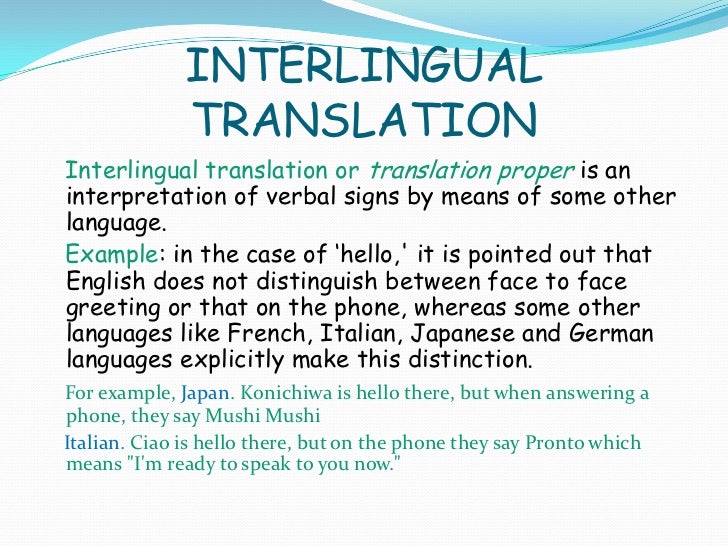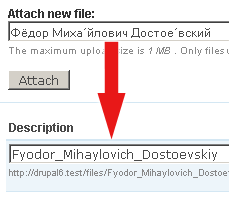
The setup of the meeting or event will also have an impact on how your consecutive interpreter delivers your speech. The time between speaking and interpreting will impact how they deliver and whether they need to use a notepad. Your interpreter will need to know in advance of the work commencing whether they will be undertaking short or long consecutive interpretation. That preparation should consider a number of factors. If you need to use consecutive translation, it’s important to plan ahead and ensure that your interpreter is fully briefed. Tips and Things to Consider on Consecutive Interpreting Read more: Simultaneous Interpretation – How it Works You can click the link below to find out more about simultaneous interpretation and its uses. A notepad and pencil is about as technical as their requirements get. The consecutive interpreter, meanwhile, tends to work alone and has no need for any specialist equipment. It also usually requires interpreters to work in pairs, due to the mental strain of simultaneously listening to one language while speaking in another. It requires specialist audio and technical equipment, as well as the booths themselves. Simultaneous interpreting is the kind of interpreting that you see in action at large, multilingual events, where interpreters sit in soundproof booths and translate the speaker’s words as he delivers them. The simultaneous interpreter, meanwhile, delivers the speaker’s words in real time. The consecutive interpreter translates the speaker’s words every sentence or two, with the speaker pausing to allow them sufficient time to do so. The Difference Between Simultaneous and Consecutive Interpreting

I’ll talk more about the scenarios that consecutive interpreting is suited to below, but first let’s just clarify the differences between consecutive and simultaneous interpreting. Healthcare providers whose patients speak different languages, for example, often rely on a consecutive interpreter with specialist medical knowledge to facilitate conversations. There are also plenty of business to customer (B2C) uses for consecutive interpreting, as well as business to business (B2B) ones. They can help speakers to present to small audiences (simultaneous interpretation tends to be better suited to larger audiences I’ll get on to simultaneous vs consecutive interpretation in a moment). They can facilitate partnership working between businesses that don’t speak the same language. I’ve seen consecutive interpreters in action in a huge range of settings. In long consecutive interpreting, the speaker will continue for longer before pausing, often delivering whole thoughts and then allowing the interpreter to provide the consecutive translation. In short consecutive interpreting, the speaker will pause every sentence or two. There are also different forms of consecutive interpretation. For example, in some situations the consecutive interpreter will take notes, while in others they won’t.

This headline consecutive interpreting definition has a range of additional elements within it. It facilitates partnerships between businesses that use different languages and helps speakers present to small audiences if simultaneous interpretation proves unavailable (I’ll touch on simultaneous vs consecutive interpretation in a moment).

Consecutive interpretation can take place in person, over the phone, or via video conference.

It generally involves a speaker saying a sentence or two, then a pause is usually needed while the interpreter translates what was said into another language. Shall we dive in? What Is Consecutive Interpreting?Ĭonsecutive interpreting is the practice of delayed, oral translation.
TRANSLITERATION MEANING EXAMPLE HOW TO
Given the myriad uses of this kind of interpreting, I wanted to explore the topic in detail, so below we’ll look at what consecutive translation involves, what skills the consecutive interpreter needs and how to decide between consecutive and simultaneous interpreting when it comes to meeting your language needs. Consecutive interpretation allows those who speak different languages to communicate effectively in a wide range of settings. I view consecutive interpreting as one of those highly skilled yet ultimately extremely simple services that allows the business world to operate more effectively.


 0 kommentar(er)
0 kommentar(er)
